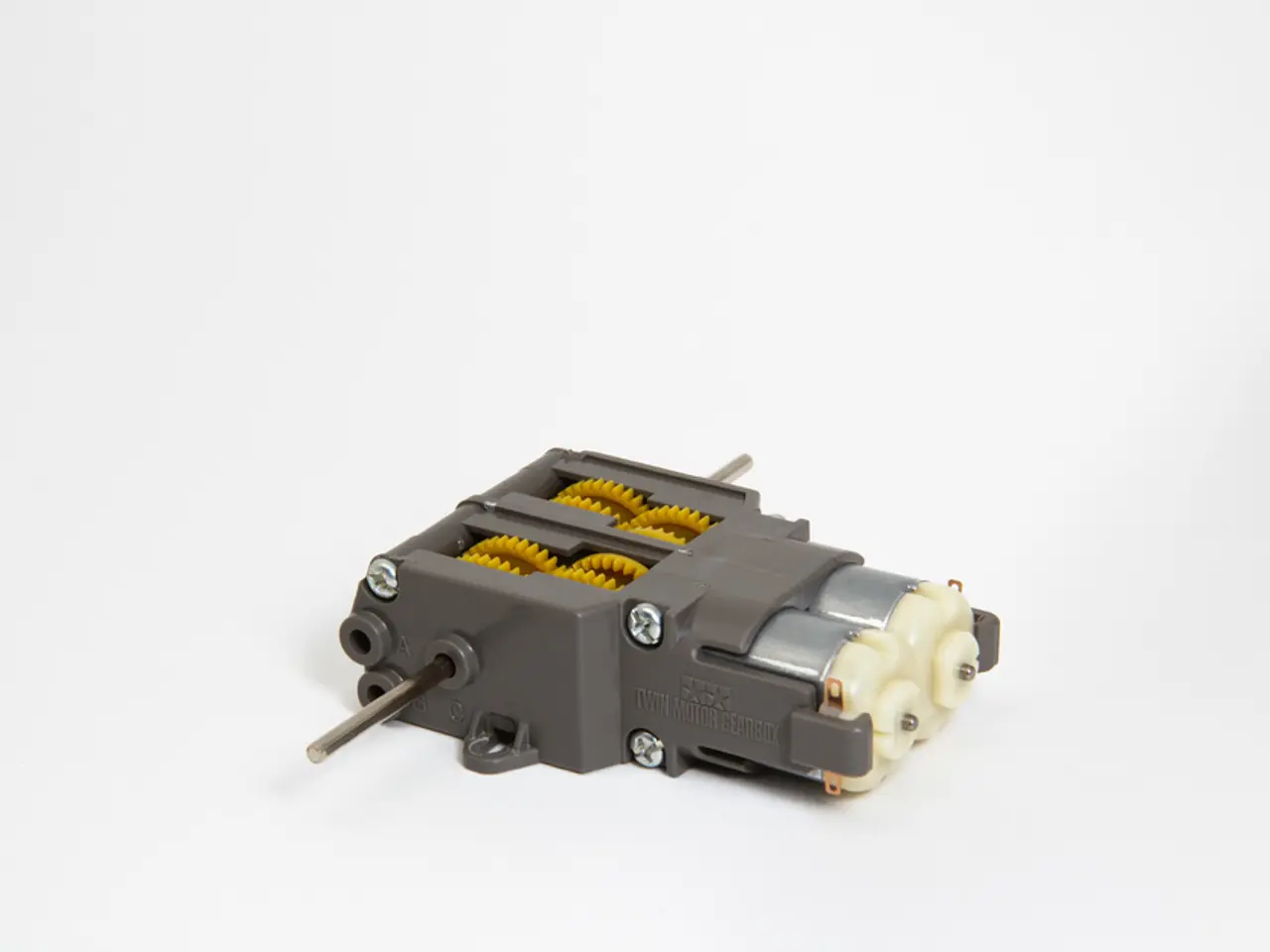Unveiling Innovation in Propulsion: A Deep Dive into the Advantages and Obstacles of Magnetic Engines
Magnetic motors are making a significant impact in the world of technology, offering numerous advantages over traditional electric motors. These innovations promise a cleaner, greener future for various sectors, from aerospace to renewable energy.
Key Recent Advancements
Recent developments in magnetic motor technology are primarily driven by breakthroughs in materials and design. One such innovation is the use of Soft Magnetic Composites (SMCs), which consist of iron powder particles with insulating coatings. This enables 3D magnetic flux paths, reduced eddy current losses, and near-net shape manufacturing, leading to lighter, smarter, and more efficient motor designs [1].
Another significant advancement is the continued refinement of Permanent Magnet Motors (PM motors). These motors, especially those using neodymium-iron-boron (NdFeB) and samarium-cobalt (SmCo) magnets, are foundational across various industries. Innovations focus on optimizing magnet shapes and placement, improving torque density, thermal characteristics, and reducing reliance on rare earths [3].
In the realm of transportation, high-performance neodymium magnets are critical for compact, efficient permanent magnet synchronous motors in electric vehicles (EVs), improving torque density, efficiency, and vehicle range [2].
For renewable energy applications, permanent magnets enable direct-drive wind turbines with fewer moving parts, improving reliability and maintenance profiles, particularly in offshore wind farms [4].
In miniature systems, enhanced magnet technologies are benefiting from advances in magnet materials and motor topologies, such as axial flux motors enabled by SMCs, making drones, robotics, and compact automation more efficient [1][3].
Future Potential
The future of magnetic motors looks promising, with potential applications across various industries. In aerospace, lighter, more efficient motors could reduce weight and energy use in propulsion and avionics systems, improving range and payload [5].
In transportation, further optimization of PM motors will continue to improve EV efficiency, power density, and reduce system size and cost. Magnetic couplings and wireless power transfer driven by improved magnetic materials will enhance system reliability and new functionalities [2][3].
In renewable energy, continued advances in high-performance magnets and motor design will drive larger, more reliable direct-drive wind turbines, facilitating scalable offshore wind farms and reducing lifecycle costs critical for climate goals [4].
In miniature and specialized systems, novel magnetic motor designs using hybrid materials and 3D flux paths could revolutionize compact actuators for drones, medical devices, and robotics, with enhanced power-to-weight ratios and operational efficiencies [1][3].
There are also experimental approaches aiming to generate electrical energy without conventional coils or magnets, suggesting the possibility of radically new kinds of electrostatic or magnetic motors [5].
Challenges and Opportunities
While magnetic motors offer numerous advantages, there are ongoing challenges to be addressed. These include material limitations, energy storage and efficiency, and compatibility with existing infrastructure. Research into advanced materials, such as high-temperature superconductors, can lead to the production of large-scale, affordable, and efficient motors [6].
Addressing the scarcity issues of rare earth metals is another challenge, with researchers exploring alternative materials and innovative processes [6]. Ensuring compatibility with current power grids and transportation networks, while also considering the implications on existing industrial and urban landscapes, is another significant challenge in integrating magnetic motors [6].
A collaborative approach between researchers, industry, and policymakers is essential to drive advancements in magnetic motors. Maximizing the efficiency of energy storage systems and ensuring they work seamlessly with magnetic motors is crucial, involving advancements in battery technology [7].
Magnetic motors have the potential to significantly impact various industries, including aerospace, transportation, renewable energy, and miniature systems, while contributing to renewable energy by improving energy storage systems and enabling more efficient use of electricity [8]. There is an increasing focus on developing magnetic motors that have minimal environmental impact, from their production to end-of-life disposal [9].
[1] https://www.sciencedirect.com/science/article/pii/S2405844019301559 [2] https://www.nature.com/articles/s41536-020-00335-1 [3] https://www.nature.com/articles/s41586-020-2818-5 [4] https://www.sciencedirect.com/science/article/pii/S2405844019301566 [5] https://www.nature.com/articles/s41586-020-2845-6 [6] https://www.sciencedirect.com/science/article/pii/S2405844019301567 [7] https://www.sciencedirect.com/science/article/pii/S2405844019301568 [8] https://www.sciencedirect.com/science/article/pii/S2405844019301569 [9] https://www.sciencedirect.com/science/article/pii/S2405844019301570
Read also:
- Intensified farm machinery emissions posing challenges to China's net-zero targets
- EU Fuel Ban Alerts Mercedes Boss of Potential Crisis
- Nuclear plant revitalized: Artificial intelligence-led demand breathes life into the Great Lakes nuclear facility
- International finance institutions, EBRD, EIB, and SEB, offer €84.8 million in loans for solar energy projects within Latvia.








